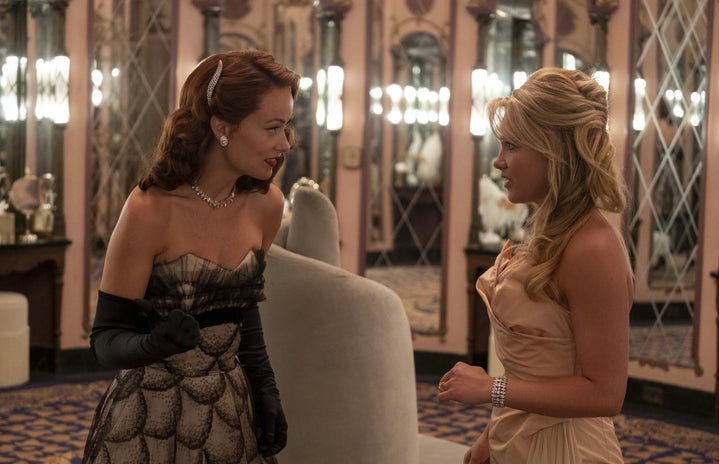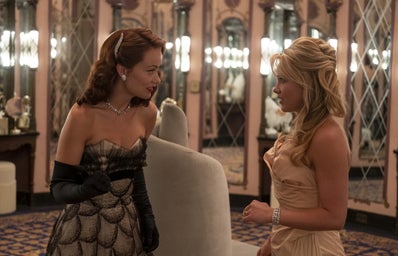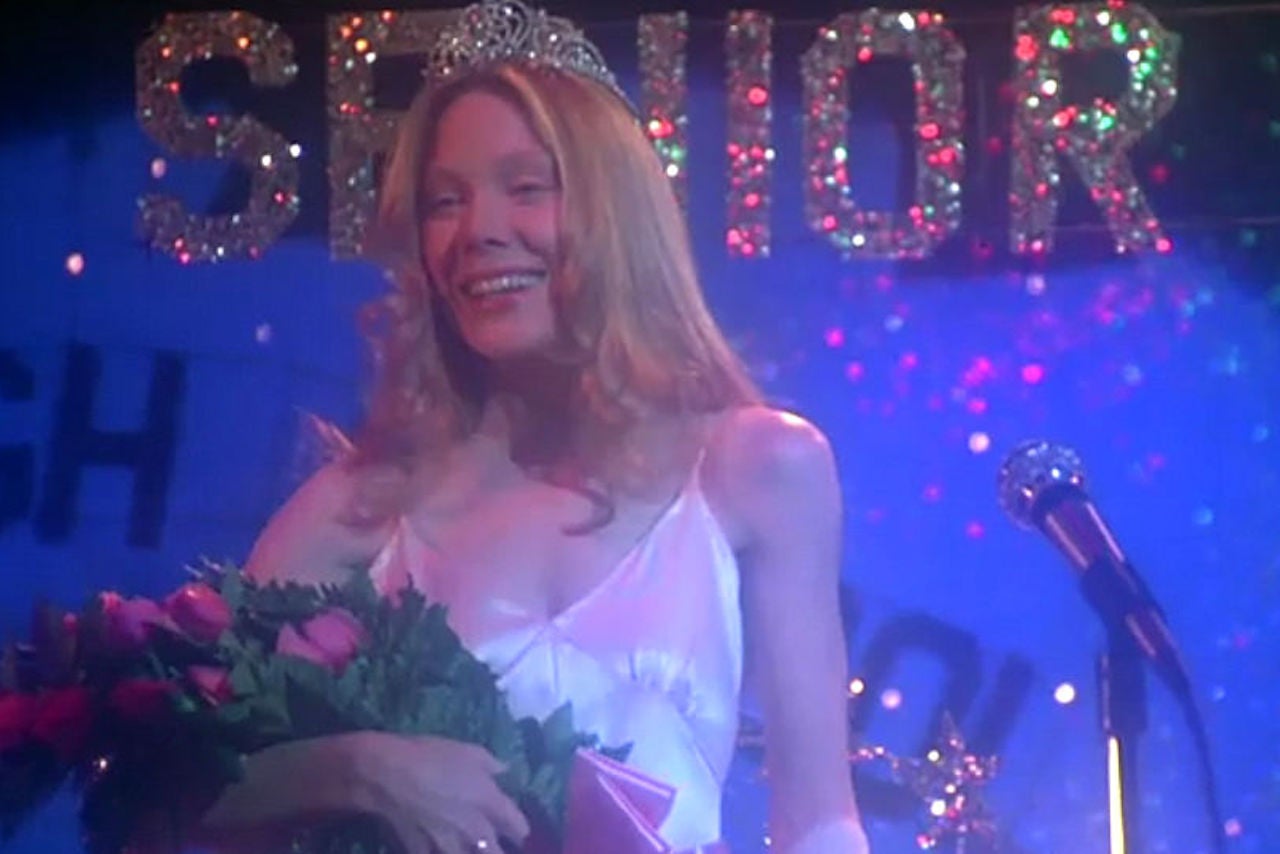Women have always been portrayed in cinema with a certain stereotype. Through the male gaze, women are mostly fragile, beautiful, innocent, sensitive and kind to men in films.
When a male filmmaker wants to represent a type of female anger, he leaves the character just crying in the scene, which is very different when a man’s anger is portrayed . But this type of representation has been changing with new ways for women to express their feelings, what has been called “female rage”.
Female rage is totally different from what we usually see from women on screen, this time they are more violent and finally have the opportunity to act more explosively. Something that men usually hate, is an angry woman who is not attractive but considered crazy.
In these films where female anger becomes real, the female audience does not tend to weigh in on the thought that the character is acting hysterically and they tend to support her, thus comes the term “good for her”, where the protagonist legitimate your revenge, can be seen in the films Pearl and Gone Girl.
In the film Black Swan, there is the representation of two female types when the protagonist is presented in the plot as someone delicate like her character in the ballet “the white swan”. As the plot develops, the protagonist starts connecting with the black swan on the other character’s side, more seductive and daring.
Although the subject of female rage has come to the fore in recent years and is being debated mainly because of its popularity on social media, it is not from this century that it has been showing.
In 1976, the film Carrie was released, based on the book by Stephen King, the character Carrie is someone who is shy and has been bullied by people at her school, until they play a prank on her, where they make her go to the prom graduation and win the title of prom queen. Everything was going well, until when she received the title a bucket of pig’s blood fell on her.
Furious about what just happened, Carrie uses her telekinetic powers to destroy everything around her, including those who hit her, thus releasing all her anger against them.
Despite there being more of this rabid female representation in cinema these days, many of these films are directed and produced by men, and representativeness shouldn’t just be in front of the camera, but behind it too.
A recent movie that encompasses this theme is Don’t Worry Darling, released in 2022 and directed by Olivia Wilde, which tells the story of a woman who has been forced to live in virtual reality by her husband, where she is submissive to him, but without having the slightest idea of where she is.
Until, at a certain point in the plot, she finds out about the reality in which she finds herself and becomes furious with her husband because he has taken away her right to live her own life and placed her in the reality he has idealized.
The fame of female rage is because many women feel represented by more complex characters who really add something to the plot. The appeal of these films is not just the violence itself, but the psychological complexity of each character.
—————————–
The article above was edited by Giovanna Rodrigues.
Did you like this type of content? Check Her Campus Cásper Líbero home page for more!




